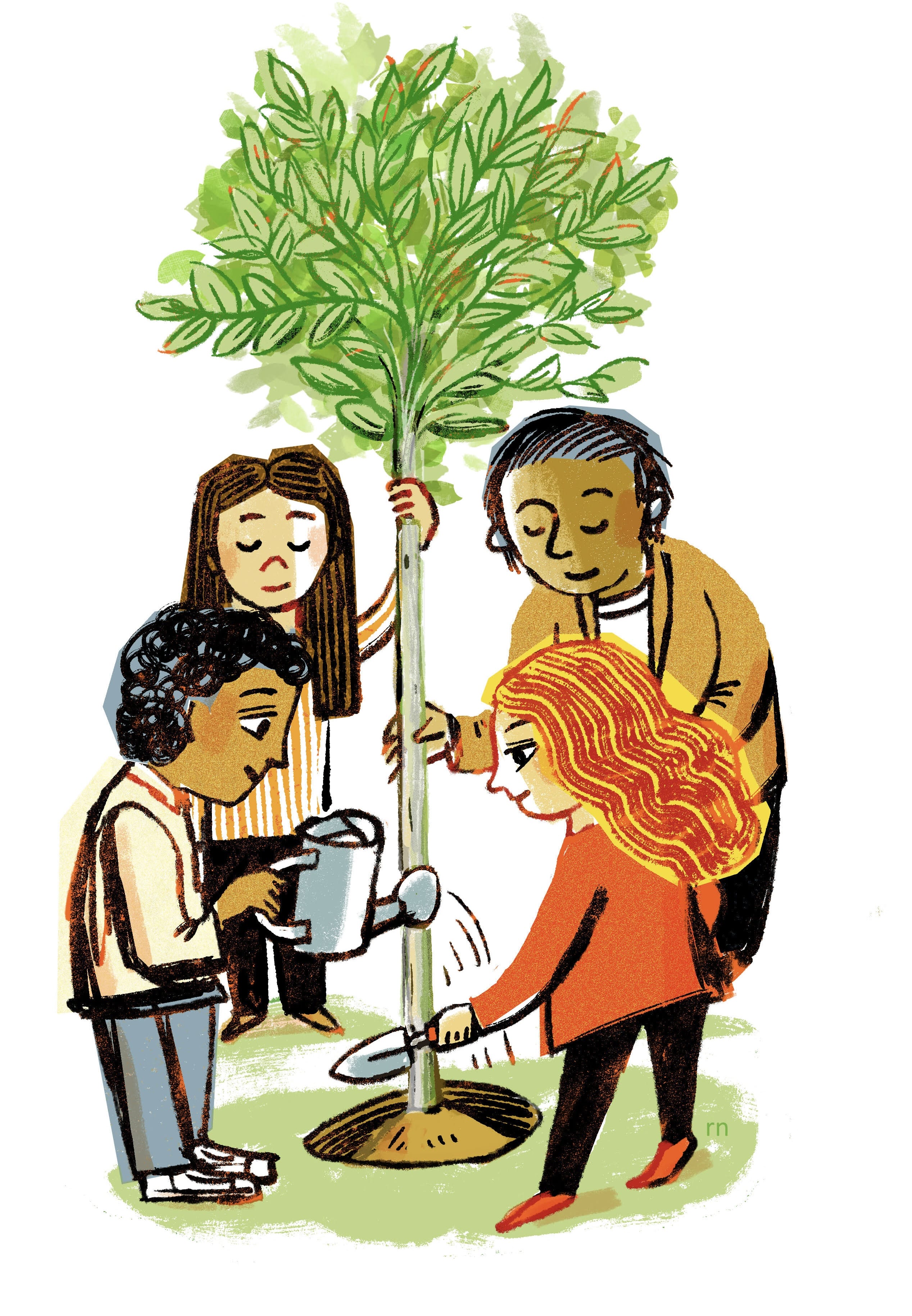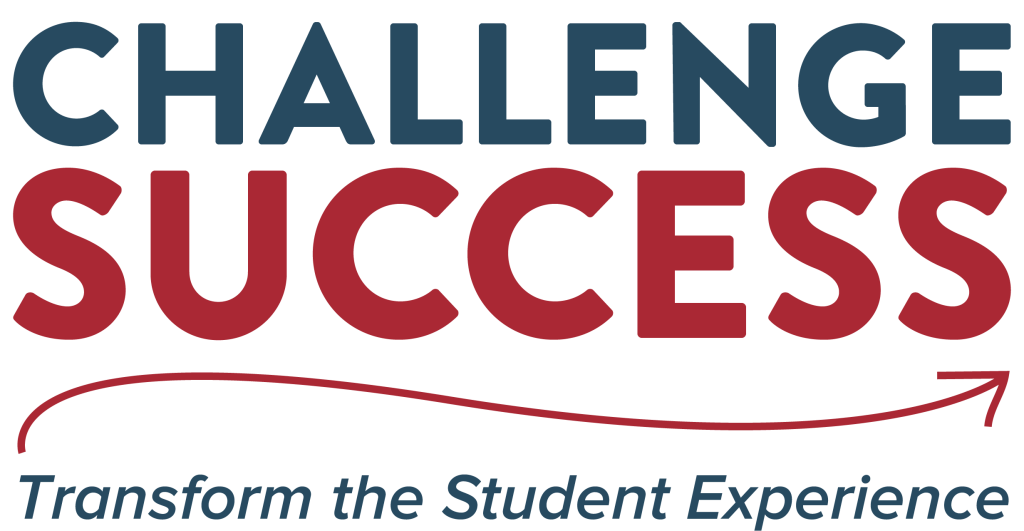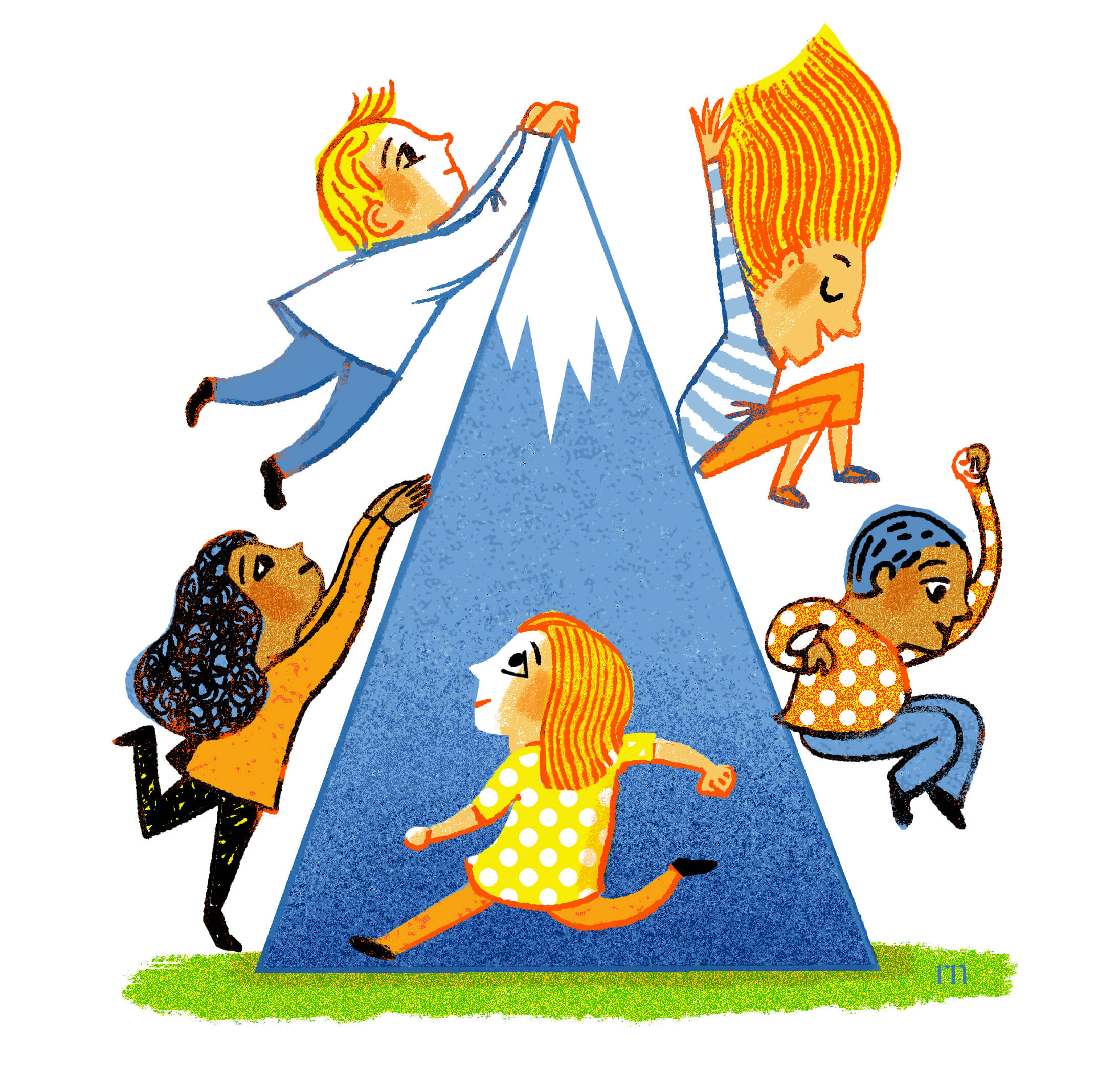Weilenmann School of Discovery began the 2025-26 year with a new school theme. "What you…
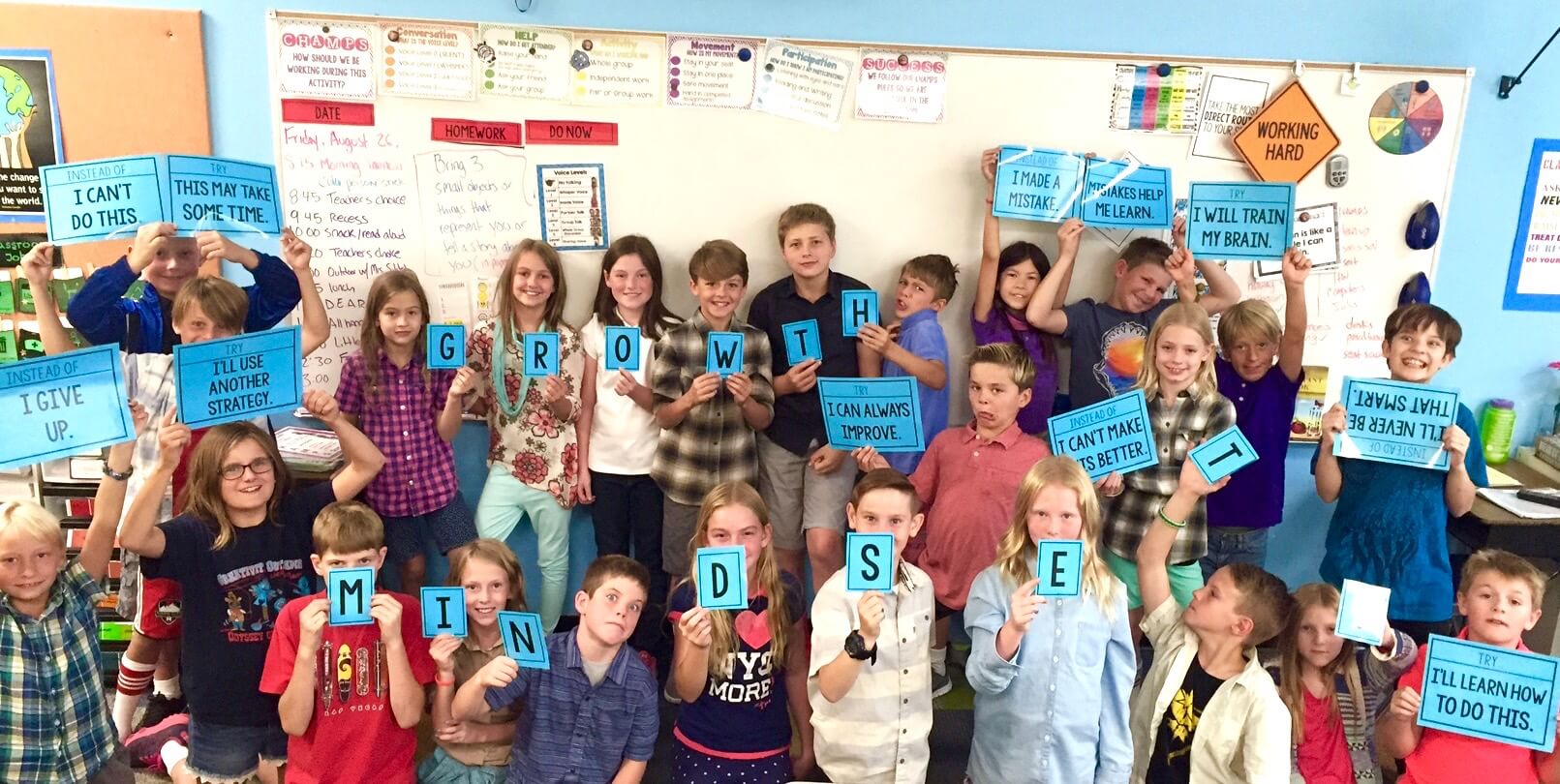
“If there is no struggle, there is no progress.” ~ Frederick Douglass
As students in fifth grade explore this year’s school theme*, they are learning the difference between a “growth mindset” and a “fixed mindset.” According to Carol Dweck, a leading researcher in the fields of motivation, personality and development, students with a fixed mindset “believe their basic abilities, their intelligence, their talents, are just fixed traits,” while students with a growth mindset “understand that their talents and abilities can be developed through effort, good teaching and persistence.”
One way that students in Nina Silitch’s class are being encouraged to reject a fixed mindset is with “I Can Do” statements, which are prominently posted in the classroom. “These are statements that allow for space and room and that open doors to the future and students’ own learning,” she explains. They also show the difference between growth mindset and fixed mindset reasoning:
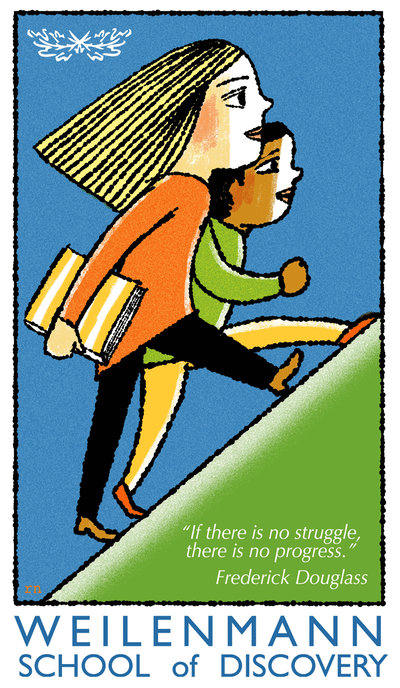
Fixed Mindset Statement
- This is good enough.
- I can’t do this.
- I’m so dumb.
- I want to quit.
- This is too hard.
- I hate when I’m corrected.
Growth Mindset Statement
- I don’t quit until it’s my best work.
- I’m going to train my brain in how to do this.
- I’m learning! I just need more practice.
- I have other strategies I haven’t tried yet.
- I can do hard things.
- Feedback helps me improve.
As students learn to embrace a growth mindset, they must first learn to embrace mistakes. In a fixed mindset, the goal is “to look smart all the time and never look dumb.” But in a growth mindset, students are not discouraged by failure. In fact, “they don’t actually see themselves as failing in those situations — they see themselves as learning” (Dweck, 2007).
In becoming advocates for their own learning, these fifth graders also keep an interactive journal that helps them to deliberately practice growth mindset principles, such as “I take charge of my own learning,” and “I celebrate my own growth and progress.” By encouraging each other, students are creating a classroom culture that fosters a growth mindset in academic areas and beyond, including sports, music, creativity, friendships, and — research shows — even happiness!
See also:
Carol Dweck, Mindset: The New Psychology of Success, 2007
Carol Dweck Interview, Department of Psychology, Stanford University, 2012
*Artwork for this year’s theme was created by WSD parent and friend, Robert Neubecker, an award winning author and illustrator who has created artwork for previous WSD school themes and promotional materials since the school’s founding in 2010.
